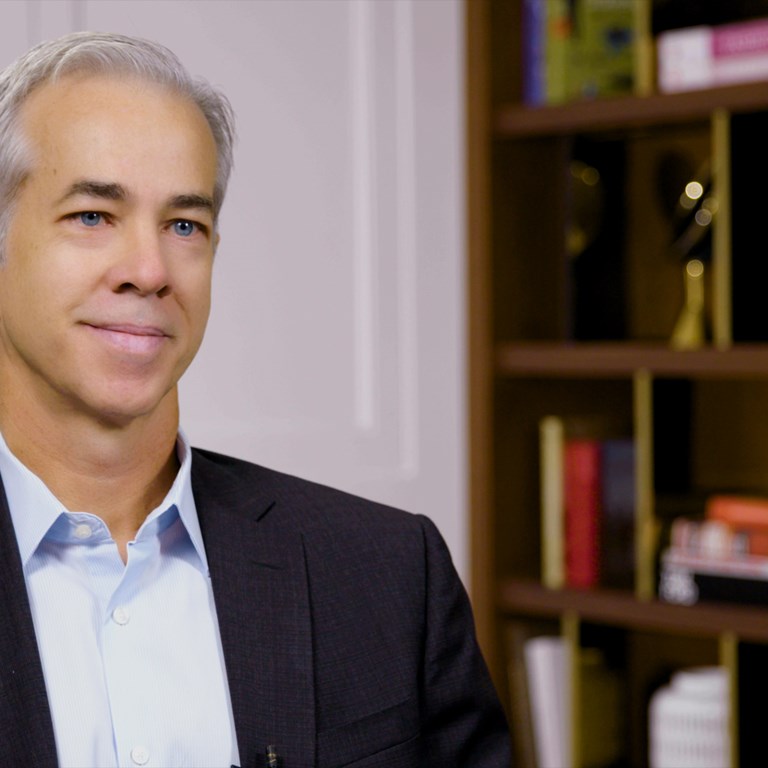HBR.org
This article originally appeared on HBR.org.
When employees aren’t just engaged, but inspired, that’s when organizations see real breakthroughs. Inspired employees are themselves far more productive and, in turn, inspire those around them to strive for greater heights.
Our research shows that while anyone can become an inspiring leader (they’re made, not born), in most companies, there are far too few of them. In employer surveys that we conducted with the Economist Intelligence Unit, we found that less than half of respondents said they agree or strongly agree that their leaders were inspiring or were unlocking motivation in employees. Even fewer felt that their leaders fostered engagement or commitment and modeled the culture and values of the corporation.
To understand what makes a leader inspirational, Bain & Company launched a new research program, starting with a survey of 2,000 people. What we found surprised us. It turns out that inspiration alone is not enough. Just as leaders who deliver only performance may do so at a cost that the organization is unwilling to bear, those who focus only on inspiration may find that they motivate the troops but are undermined by mediocre outcomes. Instead, inspiring leaders are those who use their unique combination of strengths to motivate individuals and teams to take on bold missions—and hold them accountable for results. And they unlock higher performance through empowerment, not command and control. Here are some of our additional findings about how leaders both inspire, and get, great performance:
You only need one truly “inspiring” attribute
We asked survey recipients what inspired them about their colleagues. This gave us a list of 33 traits that help leaders in four areas: developing inner resources, connecting with others, setting the tone, and leading the team. Stress tolerance, self-regard, and optimism help leaders develop inner resources. Vitality, humility, and empathy help leaders connect. Openness, unselfishness, and responsibility help set the tone. Vision, focus, servanthood, and sponsorship help them lead. We found that people who inspire are incredibly diverse, which underscores the need to find inspirational leaders that are right for motivating your organization—there is no universal archetype. A corollary of this finding is that anyone can become an inspirational leader by focusing on his or her strengths.
Although we found that many different attributes help leaders inspire people, we also found that you need only one of them to double your chances of being an inspirational leader. Specifically, ranking in the top 10% in your peer group on just one attribute nearly doubles your chance of being seen as inspirational. However, there is one trait that our respondents indicated matters more than any other: centeredness. This is a state of mindfulness that enables leaders to remain calm under stress, empathize, listen deeply, and remain present.

Eric Garton: Time, Talent and Energy
The key to tackling low productivity growth is to efficiently and effectively use your scarcest resources.
Your key strength has to match how your organization creates value
Effective leadership isn’t generic. To achieve great performance, companies need a leadership profile that reflects their unique context, strategy, business model, and culture—the company’s unique behavioral signature. To win in the market, every company must emphasize the specific capabilities that make it better than the competition.
We found that the same is true of leaders: They must be spiky, not well-rounded, and those “spikes” must be relevant to the way that the company creates value. For example, an organization that makes its money out-marketing the competition isn’t likely to be inspired by a leader whose best talent is cost management. Spiky leaders achieve great performance by obsessing about the specific capabilities that underpin their company’s competitive advantage. They make sure those capabilities get an outsized, unfair share of resources and provide the key players the freedom they need to continue to excel.
You have to behave differently if you want your employees to do so
Even with a clear idea of your company’s winning behavioral signature, leaders need to develop new ways of operating. We found that leaders who both inspire people and generate results find ways to constructively disrupt established behaviors to help employees break out of culture-weakening routines.
Inspirational leaders recognize the need to pick their moments carefully to reinforce a performance culture in a way that can also be inspiring. These are real moments of leadership and truth. A few of our favorite, classic examples include:
- When Paul O’Neill became CEO of Alcoa in 1987, he knew that he needed to focus the company on workplace safety. To show his commitment to the goal, he required that he be notified of all safety incidents within 24 hours. Safety improved dramatically, to the point where Alcoa’s worker injury rate fell to 5% of the US average.
- When Howard Schultz returned to Starbucks as CEO after a nearly eight-year hiatus, he realized that Starbucks’s unique customer-focused coffee experience was now in the back seat. In the front seat were automation and diversification, both implemented in pursuit of throughput and growth. Schultz took swift action to change the company’s direction; he even shut down 7,100 US stores for three hours on February 26th, 2008, to retrain the baristas in the art of making espresso. In this highly symbolic move, he left no doubt about his intentions—and about what he thought it would take to make Starbucks great again.
- When Alan Mulally came to Ford in 2006 to help turn around the business, he took bold actions to change the way they company operated. In one highly visible moment, he applauded Mark Fields (who would eventually become his successor) for admitting to a failure in an executive meeting. That was pretty much unheard-of at Ford, and it set the tone for the open and honest communications required for a new culture at the company.
While these are only single actions by leaders who are famous for producing both performance and inspiration, they provide a window into what inspirational leadership looks like.
Drawing insight from Eastern philosophy, one of our clients once said, “If you want to change the way of being, you have to change the way of doing.” This struck us as profound in the moment and even more profound over time—and the sentiment matches what we learned in our research. Leaders can only change by doing things differently. The more often they behave in a new way, the sooner they become a new type of leader, an inspirational leader. We know that individual inspiration is the gateway to employee discretionary energy, and that, in turn, is critical to making the most of your scarcest resource—your human capital.
Eric Garton is a partner in Bain & Company’s Chicago office and leader of the firm’s Global Organization practice. He is coauthor of Time, Talent, Energy: Overcome Organizational Drag and Unleash Your Team’s Productive Power (HBR Press, March 2017).

Time, Talent, Energy
Learn more about how the best companies manage their people's time, talent and energy with as much discipline as they do their financial capital.